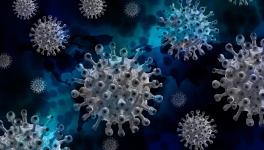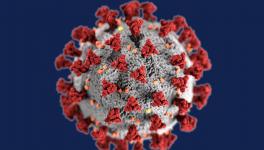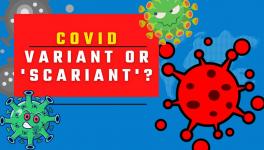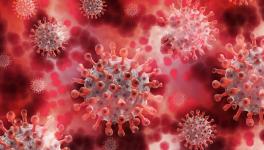What Influences Spillover of Viruses From Birds and Animals to Humans?

Image Courtesy: Economist. Image is representational use only.
We are in the middle of the COVID-19 pandemic caused by the novel coronavirus, SARS-CoV-2, which has been traced to bats. Humanity has long been challenged by other viruses, some even leading to pandemics—the plague, the Spanish flu, swine flu, Ebola and so on—which had their origins in either mammals or birds or rodents and had jumped to humans.
A widely pursued belief is that some animals, with particular traits, are more likely to increase the spillover of pathogens from them to humans. The epidemiological surveillance system is a widespread practice to monitor specific animals/birds more closely, believing their likelihood to give pathogens to humans.
But, researchers from University of Glasgow, Scotland have found that it’s not limited to some specific animals as far as the spillover of pathogens to humans is concerned, but there exists a mathematical relation between species diversity and virus spillover to humans. This study, conducted by Nardus Mollentze and Daniel Streicker, was published in PNAS (Proceedings of National Academy of Sciences) on April 13.
Previous research examining species showed that bats have proportionally more viruses than other mammals. Streicker and Mollentze decided to further analyse whether this pattern also exists in different groups of mammals and birds.
They analysed human infecting viruses across 11 different groups of mammals and birds—bats, rodents and songbirds are to name a few. They compiled data of over 415 DNA and RNA viruses that have spread to humans from animals.
The analysis they carried out was a statistical one and revealed that animal groups which have more species are likely to have more viruses and as a result a large number of viruses could jump to humans. For example, in the study among the mammals, rodents were the most species-rich. Rodents, apparently also had the largest number of viruses that have jumped to humans. Same is the case with bats. This group of mammal has a wide variety of species and also hosts wide variety of viruses, and many of them have already jumped to humans including the SARS-CoV-2, causing the current pandemic.
Streicker and Mollentze’s research also looked into what is more important—host biology or the viral factors, in giving rise to spill over to humans. Their analysis tells that virus biology, such as, how does a virus replicate or whether it was transmitted by insects etc. is more important in spill over than the host animal’s physiological or ecological characteristics.
Bats are host to many different viruses which is often attributed to their immune systems. But this feature of the bats don’t increase the risk of spilling over of all the viruses. “There weren't single groups of animal hosts which were consistently elevating the risk that viruses posed to people. If we want to be able to predict which viruses are most likely to infect humans, the traits of the viruses might be more informative than the traits of the hosts,” Streicker was quoted to have said.
These findings suggest that future works should focus more on the virus traits that may enhance their likelihood to spill over to us. Also, other factors like wildlife trade and climatic changes can lead animals to come in close contact with more people and thus, influence emergence of viruses.
Nevertheless, the findings does not end the debate around the existence of special reservoirs of viruses. Also, deciphering the viral traits is not an easy task. Before one could predict about any spill over event in the future, many more viruses will have to be sampled and characterised, which is not a matter of a few days. However, this new study opens up a new direction on animals hosting viruses and their spill over to humans.
Get the latest reports & analysis with people's perspective on Protests, movements & deep analytical videos, discussions of the current affairs in your Telegram app. Subscribe to NewsClick's Telegram channel & get Real-Time updates on stories, as they get published on our website.























